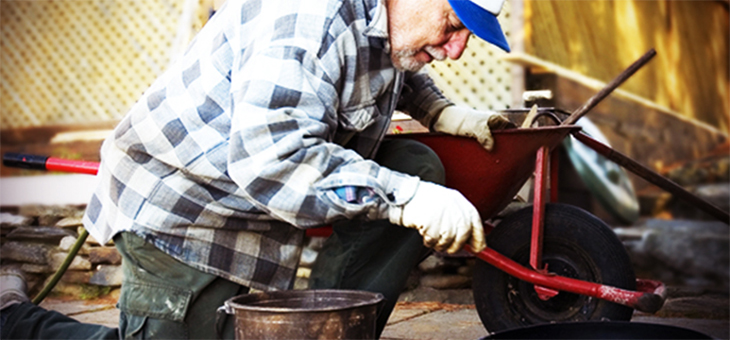Older Australians rank second, just behind Denmark, in a world-first study measuring the resilience of global economies to threats posed by ageing and workplace automation.
The Ageing and Automation Resilience Index compiled by superannuation and investment company Mercer analysed mitigating factors a country has in place to combat ageing and job automation among older workers. It measured older worker labour force participation, level of pension fund assets, socio-economic conditions, and policy and legal conditions, as well as the strength of the local retirement system.
Denmark topped the list, with South Korea ranking last of the 20 economies included in the study. Japan (17), China (18) and Italy (19) were also among the least resilient countries.
Australia (second) was closely followed by Sweden (third), Canada (fourth) and Finland (fifth).
Technological advancements are increasingly putting low-skilled routine jobs at risk of automation – jobs that older workers aged 50 and over are often employed in.
At the same time, populations around the world are ageing, with elderly populations growing and working-age populations shrinking.
While Australia’s labour force participation rates among older workers are lower than those in Asia, Australia’s pension fund assets as a percentage of GDP sits at 120.4 per cent against a global average of 51.9 per cent. China’s pension fund assets as a percentage of GDP is just 1.5 per cent.
Report co-author Dr David Knox said it was imperative for countries to understand their resilience to ageing and automation.
“With life expectancy increasing, most individuals need to work longer to ensure they are better placed for their retirement years. But they’re faced with the challenges of ageism in the workplace, and the risk of losing their jobs to automation endangers their ability to finance their longevity,” Dr Knox said.
“The threat of societal ageing and workplace automation to governments, communities and employers cannot be overestimated. From pension funds to social welfare, job security and healthcare, a country’s systems and structures across the board will be under pressure if risks are not properly assessed and mitigated.
“Despite Australia’s high ranking, we are not immune to these risks. While comparatively we have the lowest percentage of tasks done by older workers that can be automated, at 42 per cent, we still have a mid to high level of risk of automation to older workers.
“In other countries, older workers are at disproportionately higher risk than younger workers to automation. This, however, isn’t the case in Australia. We have higher proportions of older workers in jobs that are less likely to be automated, such as management, healthcare, and teaching.”
A survey conducted late last year by the Australian Human Rights Commission and the Australian Human Resources Institute (AHRI) found older workers were still facing discrimination.
AHRI chief executive Lyn Goodear said in a report on EveryAGECounts that although the survey did show some bright signs, the results indicated employers needed to catch up with the reality of ageing.
“Contemporary advances in medicine and knowledge about healthy lifestyles mean that many workers aged 50 in today’s workforce are relatively young compared with previous generations,” she said. “They could be expected to work productively for a few more decades.”
Ageing and Automation Resilience Index
1. Denmark
2. Australia
3. Sweden
4. Canada
5. Finland
6. Ireland
7. Netherlands
8. USA
9. Germany
10. UK
11. France
12. Switzerland
13. Singapore
14. Austria
15. Chile
16. Mexico
17. Japan
18. China
19. Italy
20. South Korea
Are you still in the workforce? Do you worry about losing your job to technological advancements?
If you enjoy our content, don’t keep it to yourself. Share our free eNews with your friends and encourage them to sign up.
Related articles:
How to use the RAI
How to choose a financial adviser
Nine essentials of retirement

